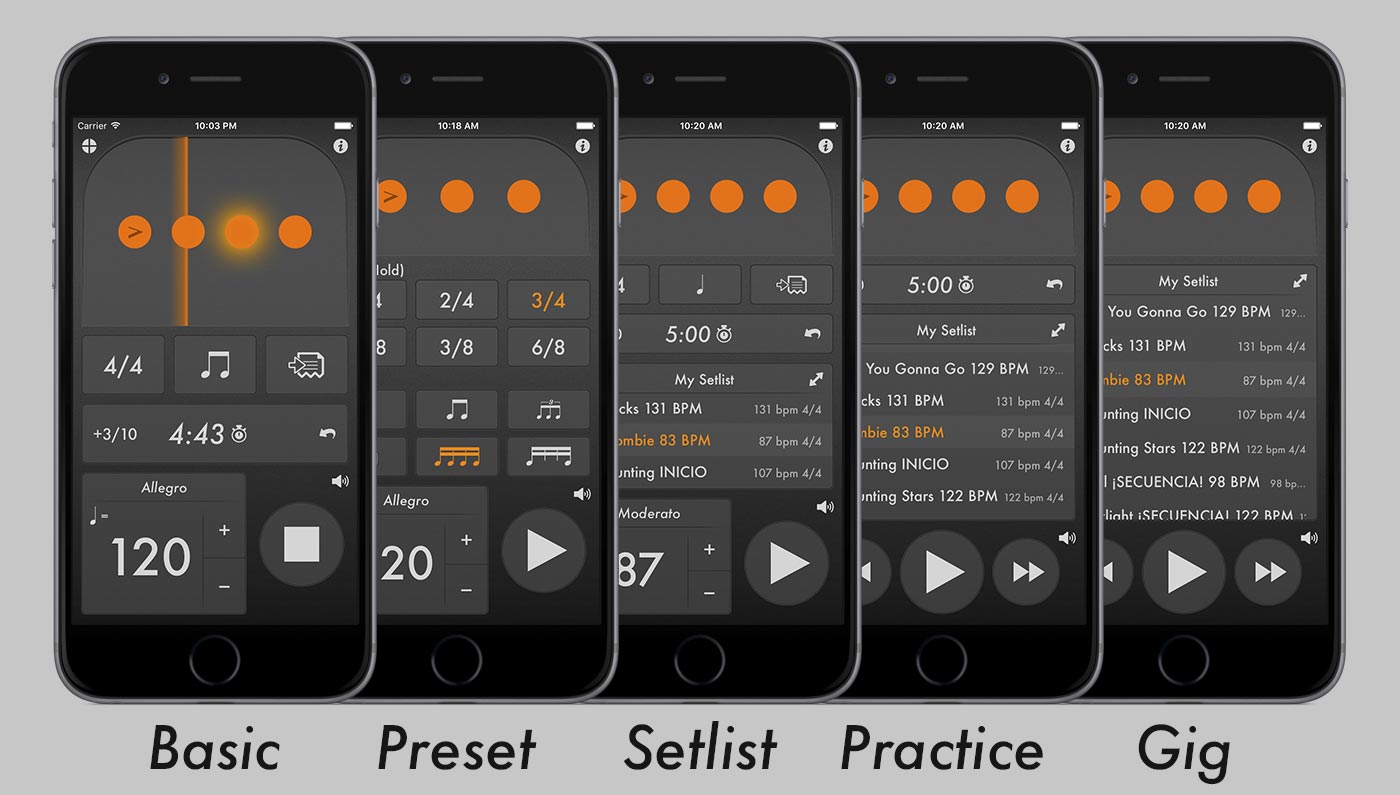

You can use your metronome to click along to the recording and adjust until you find a BPM that is relatively close to what you hear.īelow we’ll go a bit deeper into common tempo markings you find in violin sheet music. If there is no speed or tempo marking indicated, listen to recordings to get a general feel for the tempo. Additionally, some pieces may indicate the BPM at the beginning of the piece in which case, you can easily see exactly what speed to use! In longer pieces, you may also find that the tempo changes and new tempo markings are given at the beginning of certain sections. The tempo marking is most often an Italian term notated at the beginning of the piece. This totally depends on the piece! The BPM is not defined by the time signature, but instead by the tempo marking. It is up to you to determine if you were playing too fast or too slow, and adjust your tempo accordingly.

Say you were in the middle of a measure and hear the higher-pitched click indicating beat one you will immediately know that your tempo is off. Accenting the first beat of each measure is helpful because it makes it very easy to tell if you are with the metronome or not. Metronomes emit a higher-pitched click on the first beat of each measure, which is why it is important to set them to the time signature of the piece you’re practicing. How does the time signature relate to the metronome? If you see a big e in front of the music where the measure usually is, the measure is 4/4. You can think of the beat as one metronome click. If you were to see a 2 on the bottom, that indicates the half note gets the beat, an 8 indicates that the eighth note gets the beat, and a 16 indicates that the sixteenth note gets the beat. For example, in the time signature ¾, the top number 3 tells us there are 3 beats in the measure, and the bottom number 4 tells us the quarter note gets the beat. The top number indicates how many beats are in each measure and the bottom number indicates which note is equivalent to a beat. Time signatures are made up of two numbers. In order to effectively use the metronome for practice, you must first understand time signatures. Do you want eighth notes? Just double the BPM.

With this you can practice transitions between normal notes and triplets back and forth. Alternating quarter notes and quarter note triplets.Syncopated half notes (yes, finally a metronome with which you can effectively practice nasty syncopation).Dotted sixteenth and eighth note (reversed dotted rhythm).Dotted eighth and sixteenth note (dotted rhythm).It’s the only metronome with which you can really practice difficult rhythms, such as dotted rhythms, syncopes and two against three (hi, pianists!), This online metronome can play the following subdivisions:Ĭlick on the note icon below rhythm on the metronome to select. This online metronome is the one with most rhythm patterns.
#FREE METRONOME FREE#
This free online metronome app can play 11 different rhythm patterns

You can find more information on tempo marketings, different measures and how this all connects to BPM and the music you play in the text below. The number refers to the BPM range to use for this tempo. The tempo markings of the free online metronome you find above are:


 0 kommentar(er)
0 kommentar(er)
